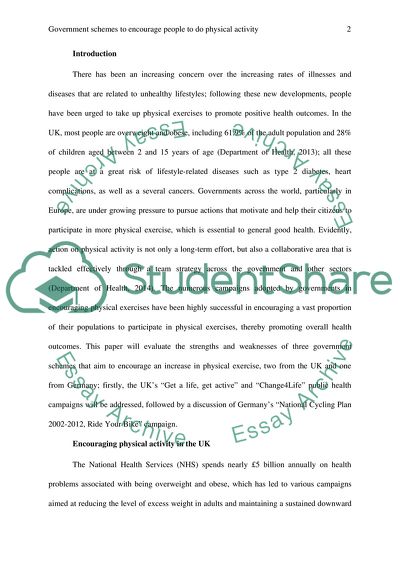Cite this document
(The Strengths and Weaknesses of Three Government Schemes Case Study, n.d.)
The Strengths and Weaknesses of Three Government Schemes Case Study. https://studentshare.org/politics/1829858-government-schemes-to-encourage-people-to-do-physical-activity
The Strengths and Weaknesses of Three Government Schemes Case Study. https://studentshare.org/politics/1829858-government-schemes-to-encourage-people-to-do-physical-activity
(The Strengths and Weaknesses of Three Government Schemes Case Study)
The Strengths and Weaknesses of Three Government Schemes Case Study. https://studentshare.org/politics/1829858-government-schemes-to-encourage-people-to-do-physical-activity.
The Strengths and Weaknesses of Three Government Schemes Case Study. https://studentshare.org/politics/1829858-government-schemes-to-encourage-people-to-do-physical-activity.
“The Strengths and Weaknesses of Three Government Schemes Case Study”. https://studentshare.org/politics/1829858-government-schemes-to-encourage-people-to-do-physical-activity.


